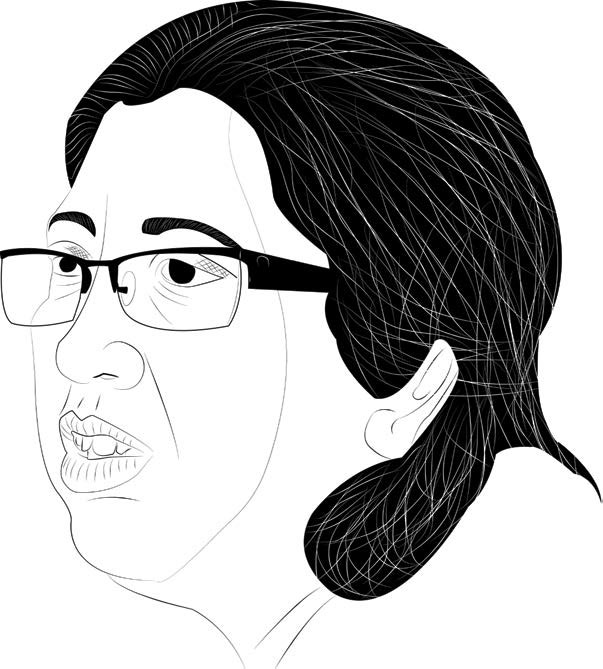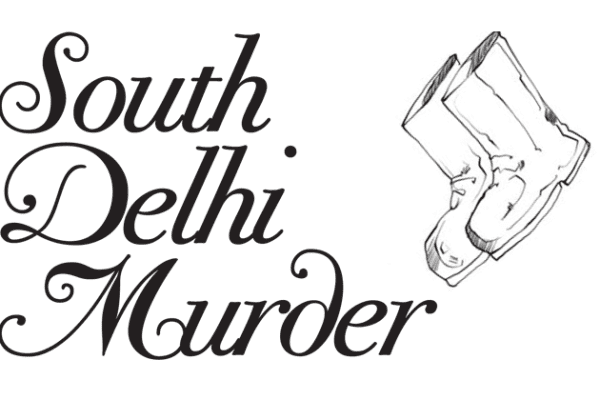Our interview with Malobika, founder member, Sappho in the February issue “We are all Queer” has received a lot of feedback. Here’s one response note to the interview by Pawan Dhall, gender activist and editor, Varta.
This is apropos the article “In Her Voice” published in the February 2014 issue of “Kindle”, which featured an interview with queer activist Malobika. The interview was not just thought- provoking but also a powerful story narrated by a person I have always known to be extremely courageous and enterprising. A salute is in order to Malobika and her colleagues in Sappho for their endeavour over the years! At the same time, some of Malobika’s critiques deserve a qualification or a critique themselves.
First, I am not sure how we can ever do away with the politics of otherisation. If identity, whichever way it is defined, is important for our existence with dignity and to prevent us from being drowned out in a stifling sea of sameness, there will always be politics and “the other”. The question will not go away even if we can figure out a way of determining who is a good person. Because if there is a category of good, then there must be category of that is not good. And what if the others don’t believe in being good the way we do? I would rather invest my energy in “managing” the politics of otherisation, in agreeing to disagree, and in trying to be together as far as possible. I think Malobika makes a much more valid point when she talks about being part of a collective, and voicing differences from within rather than breaking away.
This brings me to the histories of Sappho and Counsel Club, which in the time gone by were linked as already described by Malobika to some extent. I absolutely appreciate Malobika’s concern that she and others in Sappho were not able to relate to a male-dominated space like Counsel Club (I prefer male-dominated to masculinist, because Counsel Club was not bereft of female membership or respect for feminism and struggled for equity for all genders). So at that point of time, the birth of a separate support group for lesbians and bisexual women was surely necessary, and I remember finding myself in an unenviable position within Counsel Club defending the formation of such a support group to members who believed that the process would undermine LGBT unity.
Yet, if I agree to think of other possibilities, perhaps the story of queer activism in Kolkata (and India) would have read better and stronger if everyone was together in the earlier years, if not in the same support group, then in a closer-knit collective of support groups. I believe all sides would have been richer with critiques from within even then as much as they can now be. And I would like to extend this argument to the HIV context as well. As part of an NGO called SAATHII, I was part of an initiative that tried to bring together queer support groups, child rights groups, youth and women’s groups and networks of people living with HIV for joint advocacy on sexual and reproductive health and HIV. The initiative, dismissed by many as a wild dream or a hair brained project, did take place and for at least five years managed to keep several agencies together and work jointly in spite of several misgivings. Of course, it could have been much better if it had managed to be more inclusive. But for that, agencies that did not join in also needed to take a less rigid stance – many did not even respond to the invitation!
It, therefore, pains me to read of HIV or MSM / Hijra / Kothi related health and development initiatives being criticized as being all about funds. Surely if people from different fields of work and activism were together in real terms, they would better understand where each one is coming from. Malobika talks about 2 or 3 AIDS-related deaths every week, but why not talk about the deaths that have actually been prevented against difficult odds? Personally, I have a huge problem with the term MSM (I have always maintained that men who have sex with men do much more than just have sex with each other, though even just having sex should not be a crime). But I can’t deny the significance of work done under the umbrella of this “sexual health term” which encompasses a wide variety of male sexualities. It is an “uneasy” term, just as “LGBT” or “queer” are, but it does serve a purpose.
Where I agree with Malobika is that many NGOs working on HIV or many CBOs of MSM and transgender communities have done a terrible job of conveying what they stand for. Their insular way of functioning (which actually mirrors the government’s style of implementing health programmes in a vertical manner) allows for the transgressions of a few to be projected as the norm. As a result, a lot of innovative work around HIV prevention, care, support and treatment, including enabling communities infected or affected disproportionately by HIV (like women, MSM or Hijras among several others) to access livelihood and social security opportunities, seems to go unnoticed.
Finally, I disagree with Malobika on the Kolkata Rainbow Pride Walk lacking a socio-cultural location. I can’t even begin to describe here the myriad ways in which this event has empowered queer individuals not just in Kolkata or Bengal but across the country. Moral support and inner strength, life changing decisions to come out, finding friends, companions and lovers, gaining parental support . . . the list could go on. A lot of this empowerment has been “invisible”, away from the walk itself. But elsewhere in the interview, Malobika herself has argued for the invisible to be respected and protected as much as the visible.
About the “looks” of the walk, I would say that this is a subjective matter. I don’t think the Kolkata Rainbow Pride Walk looks anything close to a western pride parade (and the photograph published by “Kindle” in the interview is quite out of place). Rather it looks much more similar to the Queer Carnival that Sappho has been organizing since the last two years. It has the same display of colour, cheer, music, dance and celebration. And why shouldn’t it be so? Both are occasions for celebrating an aspect of ourselves that society goes overboard in hiding and suppressing – diversity in our gender identities, sexual orientations, sexual behaviours, in short our sexual selves as an integral part of our existence. Isn’t that what the fight is about?
The organizers of the walk certainly do not condone nudity (though even that can be a challenge to define). In fact, in many of the walks where I have been part of the organizing, the question of a dress code and code of conduct has often come up. While everyone agreed to a code of conduct, no dress code was ever “imposed” on the walk participants. It takes only a pant and a shirt for me to participate in the walk, but who am I to stop others from dressing up if that gives them a sense of fulfillment and freedom! I think the fact that the walk offers a rare occasion for many people to dress in the way they really want to in daily life is a fundamental right addressed and actually incorporates the realities of many people who live on the margins (which is what Malobika wants). In the process, the “subject” may appear to be an “object”, but then that is a risk worth taking in a social environment where surely it doesn’t take a flamboyant dress to be objectified and exploited or discriminated against.
Similarly, the leaflet distributed during the 2013 Kolkata Rainbow Pride Walk wasn’t written from an academic perspective. It was meant to be distributed to the public at large and tried to explain in simple terms what the walk was all about. But surely there would have been room for improvement. I agree that Kolkata Rainbow Pride Festival, of which I am a part, failed to organize a feedback meeting after the walk. I surely hope that this year’s walk will be preceded by such a meeting for last year’s walk, and will be organized on the basis of a much wider and inclusive perspective than it has ever been.


